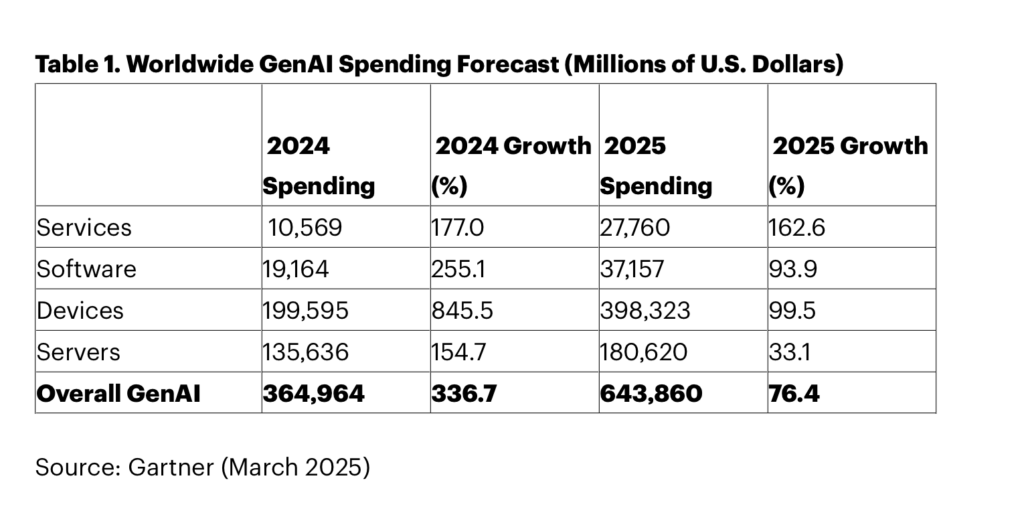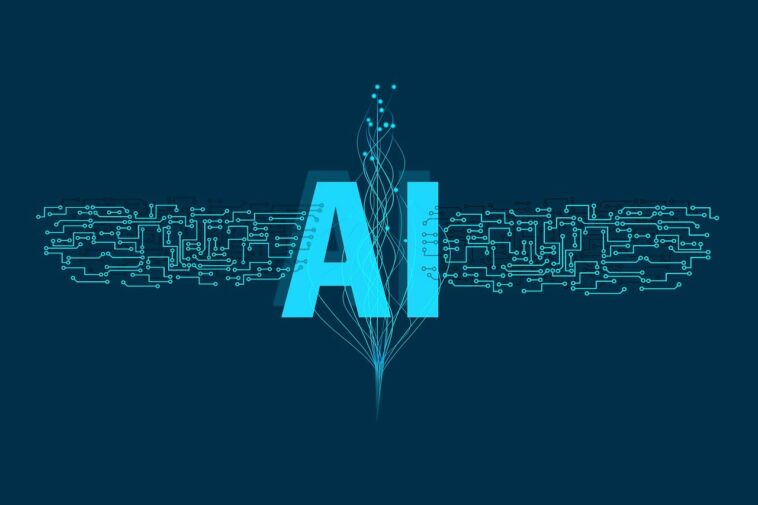The worldwide investment in generative artificial intelligence (GenAI) is poised to reach an astounding $644 billion in 2025, marking a 76.4% surge from the previous year, according to a recent forecast by Gartner. This rapid growth underscores the evolving landscape of AI-driven technology, as businesses seek to capitalize on advancements in foundational models and AI-powered solutions.
Despite the rising spending, industry experts highlight a paradox in GenAI adoption. John-David Lovelock, Distinguished VP Analyst at Gartner, noted that early proof-of-concept (POC) trials have yielded high failure rates, leading to diminished expectations for GenAI’s immediate impact. “While initial implementations have faced setbacks, companies behind foundational AI models continue to pour billions into improving their size, performance, and reliability,” Lovelock stated. This dynamic is expected to shape the AI market in 2025 and beyond.
As organizations reevaluate their AI strategies, many CIOs are shifting focus away from self-developed GenAI initiatives. Instead, businesses are turning to commercial off-the-shelf AI solutions that promise more predictable implementation and return on investment. Lovelock emphasized that in 2025, organizations will prioritize integrating GenAI-enhanced features into their existing software ecosystems rather than investing heavily in experimental AI projects.
The impact of GenAI’s expansion will be felt across multiple sectors, with significant growth projected in services, software, devices, and server infrastructure. The largest area of investment will be in AI-integrated hardware, which is set to absorb roughly 80% of overall GenAI spending.

A substantial portion of the GenAI market’s expansion will stem from the growing presence of AI-driven consumer devices, including smartphones, PCs, and advanced servers. Gartner projects that AI-enabled devices will dominate the consumer technology market by 2028, fundamentally reshaping how users interact with digital products.
“Manufacturers are embedding AI capabilities into devices as a standard feature, not necessarily because consumers demand them, but because AI-driven functionality is becoming an industry standard,” Lovelock explained. This shift means that consumers will increasingly find AI-enhanced technology integrated into their everyday digital experiences, whether they seek it out or not.







Comments
Loading…